Get expert pest control for your Florida home
The best pest control services at affordable prices
PEST CONTROL LIBRARY
Occassional Invaders
Our pest control library also contains information about other pests you may be dealing with: mosquitoes, black widows, cat fleas, and others.
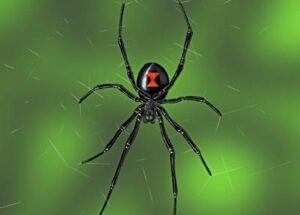
HABITAT/WOOD PREFERENCE
Settles in higher places with a silky web and in dry, protected areas after web is left, barns, outhouses, sheds, etc.
BIOLOGY AND BEHAVIOR
Spins a silky web to capture prey. Bites with a neurotoxin venom. Female is usually shy but becomes aggressive after egg laying and while guarding the eggs.
DISTRIBUTION
Throughout the United States and the world
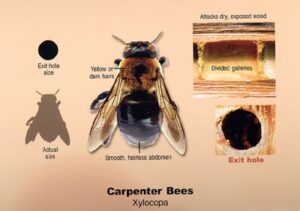
HABITAT/WOOD PREFERENCE
Females prefer to excavate nest tunnels in exposed, unfinished wood, but are not limited to it.
BIOLOGY AND BEHAVIOR
Adults overwinter in old nest tunnels and excavate new tunnels in the spring. Development from egg to adult takes roughly five weeks. Males do not have a stinger, although females do, but is rarely used.
DISTRIBUTION
Found in the eastern United States
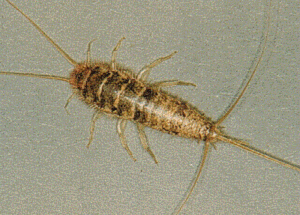
HABITAT/WOOD PREFERENCE
All silverfish species hide during the day and prefer to hide or rest in right cracks or crevices. They can be found almost anywhere in a house including living rooms, bedrooms, bathroom, attics, basements and garages. Silverfish can also infest commercial structures such as offices, stores, and libraries. They tend to roam quite some distance while searching for food, but once they find a satisfactory food source, they remain close to it.
BIOLOGY AND BEHAVIOR
Silverfish can survive for weeks without food or water. They prefer areas of room temperature and high relative humidity. They prefer proteins to carbohydrates and are cannibalistic. Silverfish are often introduced into building via cardboard cartons of books and papers from an infested location. They are pest of paper, particularly of glazed paper and paper with wallpaper paste, etc. Silverfish eat proteins such as dried beef and dead or injured of their kind.
DISTRIBUTION
Found throughout the U.S. and the world
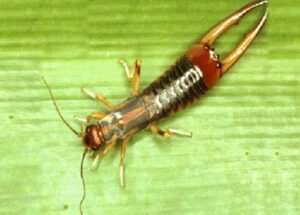
HABITAT/WOOD PREFERENCE
Stays outside in protected situations in winter otherwise it buries itself in the ground. Nocturnal insects that feed on dead plants and/or insects.
BIOLOGY AND BEHAVIOR
Known for distinct odor that is released when they are crushed. Occasionally kills vegetables, flowers, fruits, and trees.
DISTRIBUTION
Throughout the United States and the world
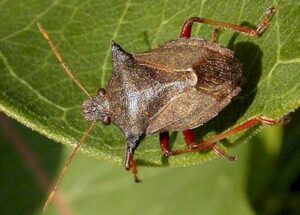
HABITAT/WOOD PREFERENCE
For Green Stink Bugs, host plants include mainly orange trees, cherry trees, soybean, and apple trees. They cause significant damage to gardens and farms for they mostly remain unnoticed by the farmers on account of their green color. Furthermore, they use green plant not only as a food but also as a safe haven during their breeding period. Here they lay eggs on host plants in an excessive number and increase their race.
For Brown Stink Bugs, their major hosts include maple, birch, serviceberry, catalpa, butterfly bush, pecan, redbud, hackberry, pepper, dogwood, citrus, cucumber, tomato, sunflower, apple, pear, plum, and grape. Brown stink bugs use their proboscis to suck the host plants and resultantly they not only create necrotic areas on the surface of fruits but also even cause seed loss and transfer of plant pathogens.
BIOLOGY AND BEHAVIOR
The name stink bug derives from their tendency to eject a foul smelling glandular substance secreted from pores in the thorax when disturbed; in some species, the liquid contains cyanide compounds with a rancid almond scent. This is a form of antipredator adaptation.
DISTRIBUTION
Southern United States
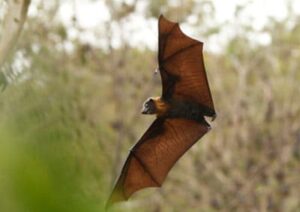
HABITAT/WOOD PREFERENCE
Thirteen species of bats live in Florida year-round. All twilight and free-tailed bats from eastern North America are insect eaters and can be divided into two groups: those that spend a portion of the year in caves and those that roost in other structures. When caves and trees are scarce, bats may roost in man-made structures such as buildings, bridges, culverts, and bat houses.
BIOLOGY AND BEHAVIOR
Although most bats are insect eaters, some bats specialize in eating other items such as fruit, nectar and pollen, vertebrates, and even blood. All bats resident in Florida eat insects, but a few of the species that occasionally show up in south Florida feed on fruit, nectar, and pollen.
DISTRIBUTION
Worldwide distribution
